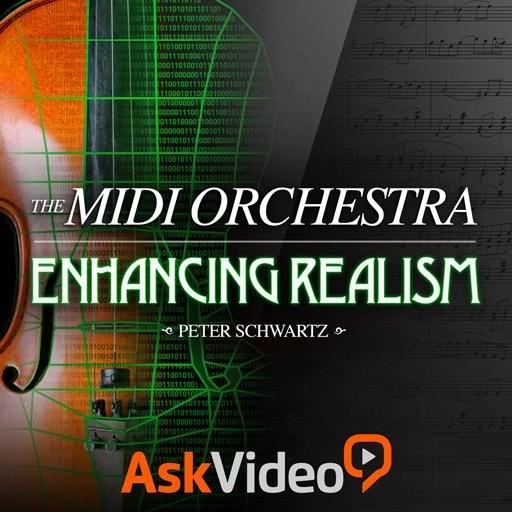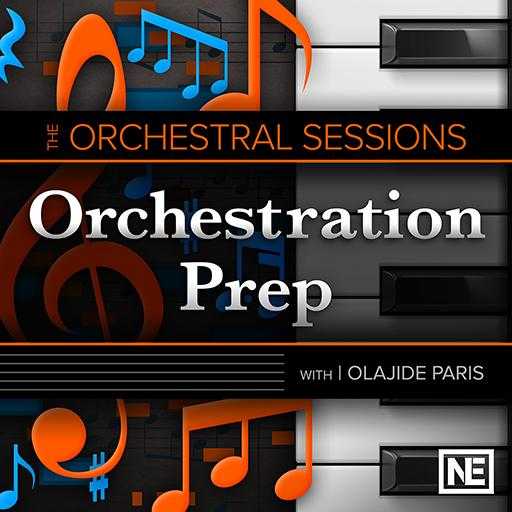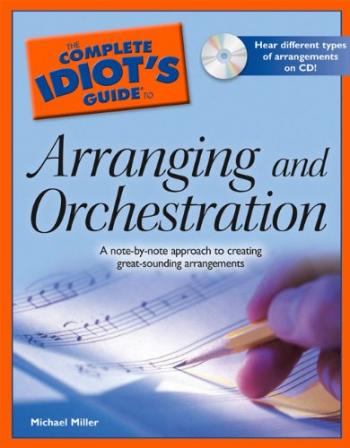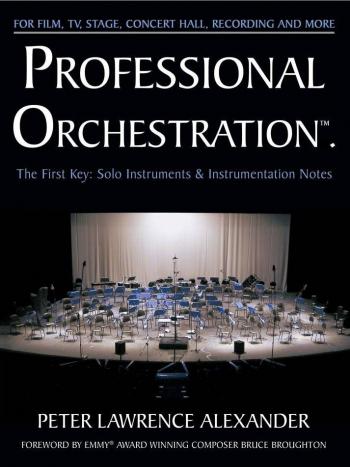The MIDI Orchestra Enhancing Realism
SYNTHiC4TE | March 09 2015 | 523 MB
REPACK Notes We forgot to include video #10 the first time
Get real! Or at least get your MIDI orchestra to SOUND real! Learn the art of creating realistic orchestral MIDI mockups in this inspiring course by the one and only Peter (Ski) Schwartz. Orchestral sample libraries are everywhere. You can buy cheap ones or you can shell out some serious cash for the top of the line libraries. And while the quality of your sample library is important, solid MIDI techniques can make ANY orchestral sample library sound more real. You just need to learn the tried and true methods that MIDI master and orchestral composer, Peter (Ski) Schwartz, reveals in this example-filled, information-packed, super-cool course!
Viewed 3825 By Music Producers & DJ´s.















